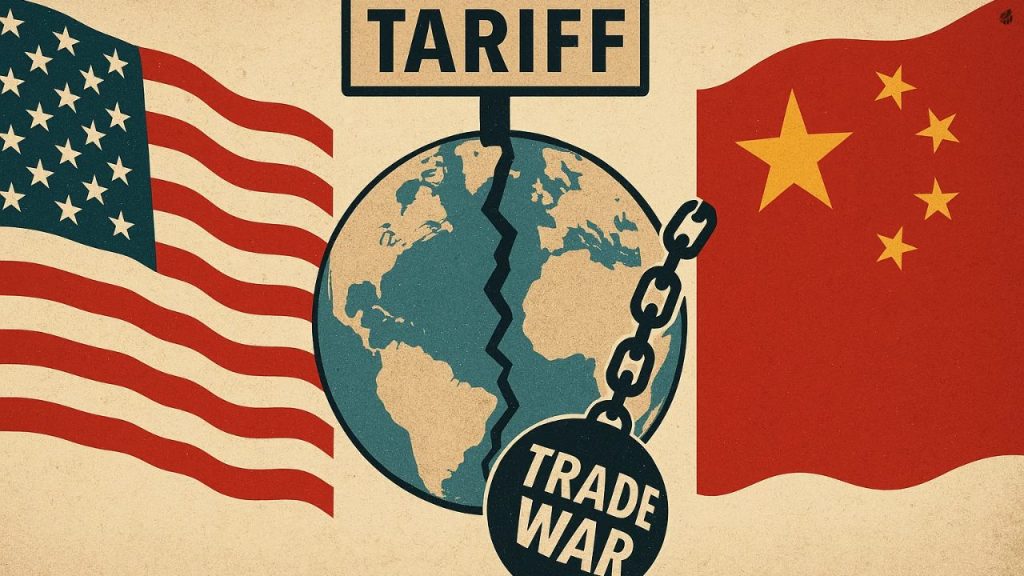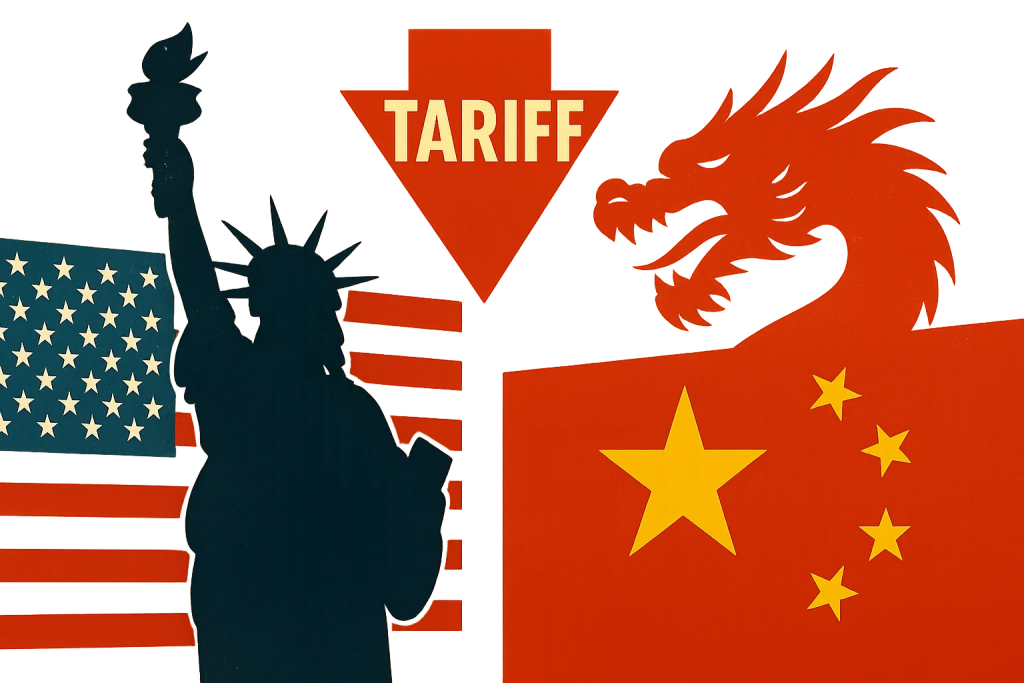As of April 9, 2025, U.S. financial markets are caught in a whirlwind of uncertainty, with tariff policies at the heart of the storm. The S&P 500, a bellwether for the broader economy, has slumped to its lowest close in nearly a year. This is reflecting investor anxiety over President Donald Trump’s unrelenting trade agenda. This turbulence and market fragility grows as Wall Street grapples with the ripple effects of global trade disputes and domestic policy rhetoric.
The root of this volatility lies in the administration’s steadfast commitment to tariffs, a cornerstone of Trump’s economic strategy. White House trade adviser Peter Navarro amplified this stance in a recent Financial Times op-ed, framing the tariff policy not as a bargaining chip but as a necessary corrective to what he called a “broken international trade system.”
Navarro’s words have reverberated through trading floors, reinforcing fears that the U.S. is doubling down on a protectionist path with little room for compromise. This hardline approach has kept markets on edge. Investors weigh the potential for escalating trade wars and their impact on corporate profits.
The stakes were briefly misread earlier this week when unverified rumors of a tariff pause surfaced on social media, sparking a fleeting rally. The White House swiftly quashed the speculation, labeling it “fake news” and sending stocks tumbling back to reality. The Dow Jones Industrial Average, a key barometer of market sentiment, shed 350 points on April 7, a stark reminder of how sensitive investors remain to every tariff-related headline.
Measuring the Jitters

The Cboe Volatility Index (VIX), often dubbed the market’s “fear gauge,” has surged to its highest level since April 2020, a period marked by pandemic-driven chaos. This spike signals a profound unease among traders, who see tariffs as a wildcard capable of disrupting supply chains, inflating costs and squeezing margins across industries. From manufacturing giants to tech firms reliant on global sourcing, the uncertainty is palpable. The S&P 500’s slide reflects this broader angst, with its year-to-date performance now teetering on the brink of a deeper correction. The situation does seem unsustainable at the moment.
The tariff tensions come at a time when markets were already navigating a complex landscape. Inflation pressures, interest rate expectations and geopolitical headwinds have kept investors cautious. However a bull market was also under way. But it’s the trade policy that’s proving to be the sharpest thorn. Navarro’s insistence on fixing a “broken” system, although resonating with the administration’s base, it clashes with the reality of interconnected global economies. Retaliatory measures from trading partners could further complicate the outlook, threatening to drag down export-heavy sectors like agriculture and aerospace.
The brief rally earlier this week, though short-lived, hinted at the market’s hunger for relief. Investors latched onto the tariff-pause rumor as a potential lifeline, only to see it vanish hours later. This whiplash effect has deepened distrust in an already skittish market, where every tweet, statement, or op-ed from Washington carries outsized weight.
What’s Next?
Looking ahead, the trajectory of U.S. markets hinges on clarity, or the lack thereof, around Trump’s tariff playbook. Will the administration escalate its measures, or will diplomatic backchannels temper the rhetoric?
For now, the White House shows no signs of softening its stance. This leaves investors to brace for more volatility. The VIX’s elevated levels suggest that hedging strategies, from options trading to safe-haven assets like gold, will remain in high demand.
As April unfolds, the interplay between tariff policy and market movements will dominate financial headlines. The Dow’s 350-point drop on April 7 may prove a mere preview if trade tensions intensify. For businesses and investors alike, the message is clear: buckle up. In a market this jittery, resilience, and a keen eye on Washington, will be the keys to weathering the storm.
Let’s hope it doesn’t turn into a hurricane.
Author Profile

- Lucy Walker covers finance, health and beauty since 2014. She has been writing for various online publications.
Latest entries
- June 30, 2025NewsWireBank Savings at Risk: The Dark Side of EU’s Savings Standard
- April 25, 2025Global EconomicsWhistleblowers Unmask Schwab’s Toxic WEF Secrets
- April 9, 2025Global EconomicsTariff Tensions Drive Market Volatility
- March 18, 2025Global EconomicsRed in Name Only: Labour’s War on the UK Working Class





